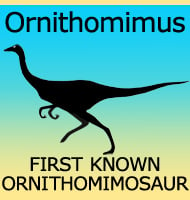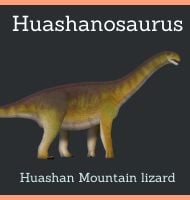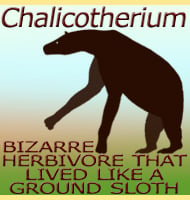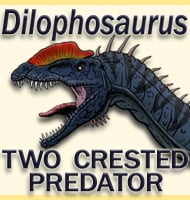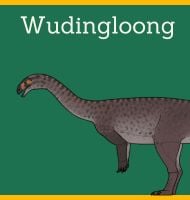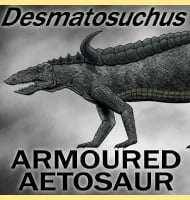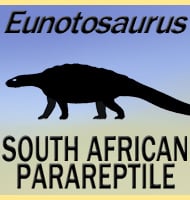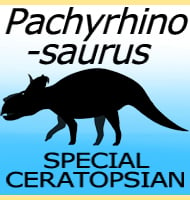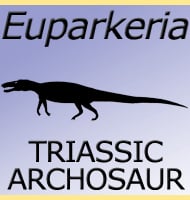In Depth
Pteroplax was an eogyrinid reptiliomorph that lived in England during the Carboniferous period. Like relative genera, Pteroplax had an elongated narrow body with reduced limbs. This kind of body enabled Pteroplax to squeeze in between tight spaces and obstacles to hunt down prey such as fish and small amphibians.
Further Reading
- Notes on the remains of some reptiles and fishes from the shales of the Northumberland coal field: Annals and Magazine of Natural History, 4th series, n. 1, p. 266-278, 346-378. - A. Hancock & T. Atthby - 1868. - The axial skeleton of the Carboniferous amphibian, Pteroplax cornutus. Palaeontology, 23 (2), 273-285. - M. J. F. Boyd - 1980a. – The axial skeleton of the Carboniferous amphibian Pteroplax cornutus. – Palaeontology. 23 (Part2): 273–285. – Michael J. Boyd – 1980.

